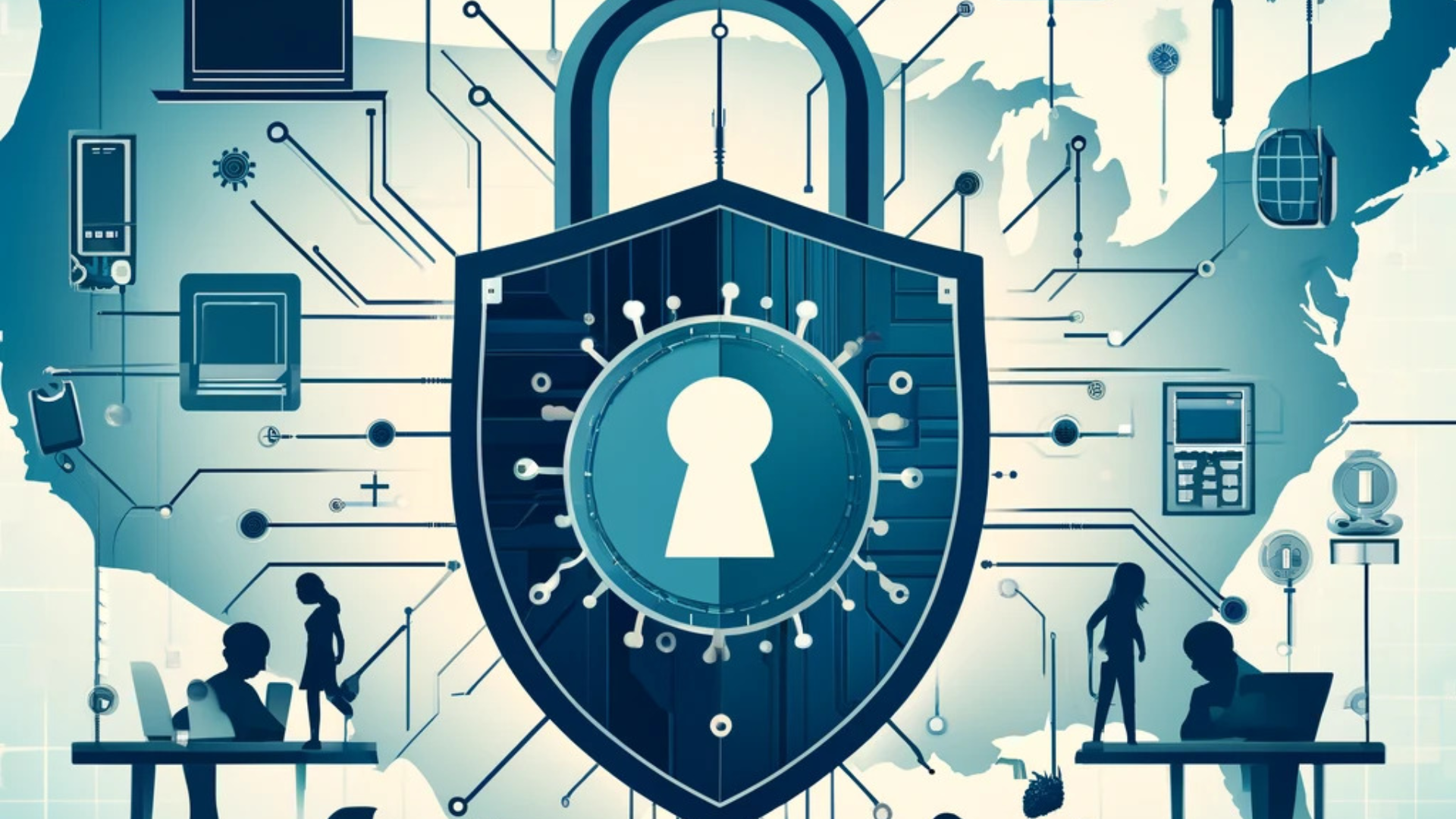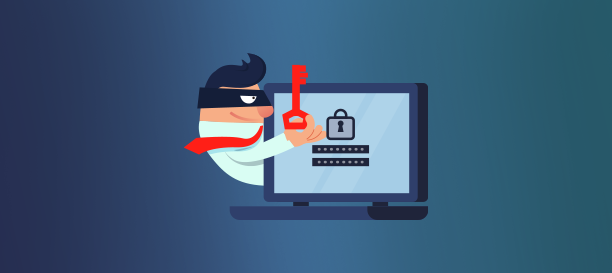Three best practices to protect your data.
While malware and phishing attacks have evolved over time and are constantly becoming more and more sophisticated, there are ways to protect your data from them. Here are two best practices to observe no matter the size of IT infrastructure needed in your company or organization to follow that can help safeguard your business.
Install a strong firewall
A firewall can help prevent unauthorized access to your network by monitoring access attempts and allowing or rejecting them. Firewalls are flexible in the sense that you can choose how stringent or lenient you want it to be in terms of limiting access. There are different kinds of firewalls, each serving a particular purpose and offering different protection levels. An MSP with deep experience with these technologies, as well as your specific industry, can be an excellent resource. Firewalls basically work to block unauthorized traffic to your network based on various factors including IP address, location and any other custom parameters that you may choose. Without a firewall, your network is essentially open, exposed to any one on the web, which puts you at serious risk.
Invest in antivirus software
Antivirus software programs identify viruses and other malicious attachments that cybercriminals may use to gain entry into your system or network. Make sure you invest in a good antivirus software and update it regularly so it can protect you against newer versions of malware that crop up with time. Be wary of consumer grade programs.
Train your staff
Train your staff to identify and steer clear of phishing emails, links and messages. All the protection in the world is no defense if your staff opens a phishing email and clicks ona malicious link. It is game over right then. Employees tend to assume you are the one responsible for maintaining data security. They often don’t realize they also play a role. Educate them on password hygiene, safe web surfing, and basic IT best practices even when using their own devices. You can provide training in-person and conduct mock drills and IT workshops. Also, consider sending regular emails on these topics so your staff remains alert. Security training isn’t a one-off project. Also update your staff on any new vulnerabilities discovered and if there are any security updates or patches released for them in the market, then be sure to apply them immediately.










